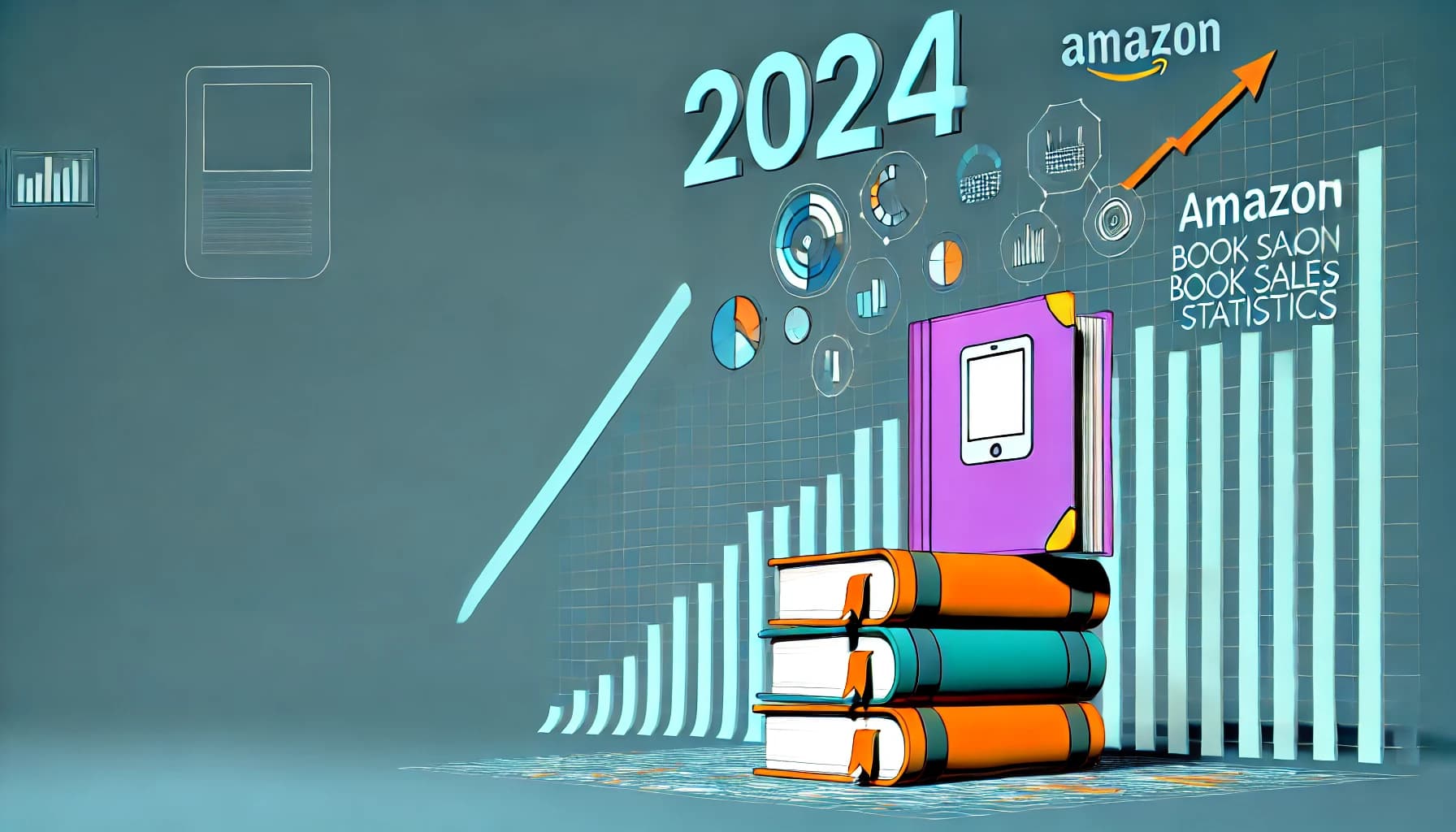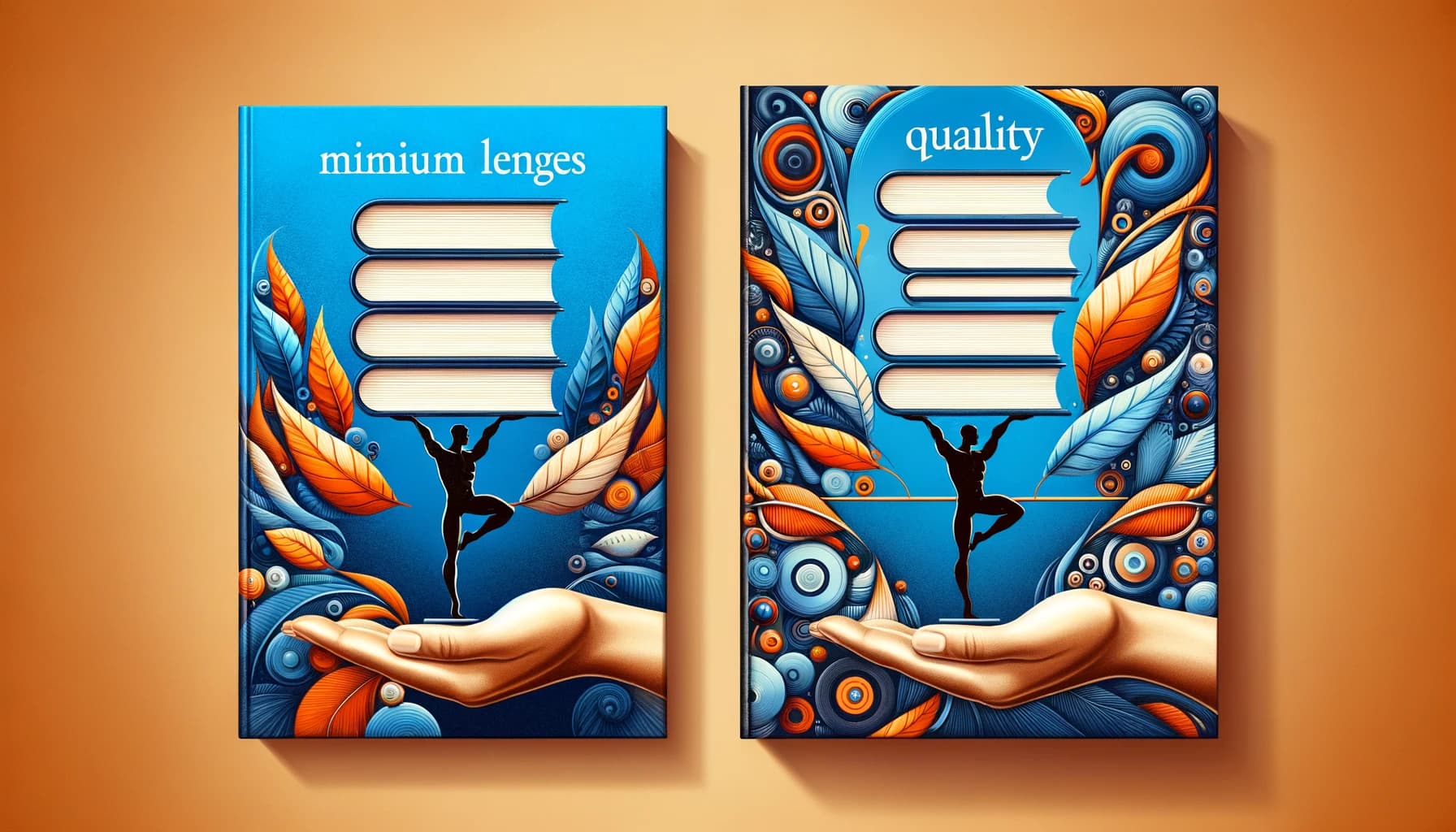Table of Contents
Hey there, I know that writing feature stories can sometimes feel overwhelming. Finding the right angle and making it engaging isn’t always easy.
But don’t worry; together we’ll break it down step by step, so you can craft stories that truly captivate your readers.
From understanding the basics to adding that creative flair, let’s dive into making your feature stories shine.
Key Takeaways
- Grasp feature story fundamentals: tell captivating narratives focusing on human experiences beyond mere facts.
- Conduct in-depth research: gather accurate information from reliable sources to ensure credibility.
- Find a unique angle: offer fresh perspectives to set your story apart and engage readers.
- Organize your narrative: structure your story logically with a compelling introduction and smooth flow.
- Build emotional connections: evoke emotions using descriptive language and personal anecdotes.
- Incorporate visuals: use images or infographics to enhance engagement and simplify complex data.
- Balance facts with creativity: maintain accuracy while employing creative storytelling techniques.
- Adapt to platforms: tailor your writing style to suit different mediums like print, online, or social media.
- Write compellingly: develop a suitable tone, use active voice, and avoid jargon to keep readers hooked.
- Conclude powerfully: summarize key points and leave a lasting impression with a strong closing.

Step 1: Understand Feature Story Basics
A feature story is more than just reporting facts; it’s about weaving a narrative that captivates readers.
Unlike hard news, feature stories explore the human side of events, delving into emotions and personal experiences.
They aim to inform, entertain, and inspire by presenting rich details and compelling storytelling.
Understanding the fundamentals of feature writing sets the foundation for creating pieces that resonate.
It’s essential to grasp elements like engaging leads, strong characters, and vivid descriptions.
Feature stories often incorporate anecdotes, quotes, and real-life experiences to bring the topic to life.
Knowing the basics also involves recognizing the importance of structure, tone, and audience.
If you’re interested in enhancing your storytelling skills, learning about how to write a play can offer valuable insights into dialogue and pacing.
Step 2: Conduct Thorough Research
Before putting pen to paper, dive deep into your subject matter.
Thorough research ensures your story is accurate, credible, and informative.
Start by gathering data from reliable sources, such as interviews, official reports, and reputable publications.
For instance, consider that approximately 402.74 million terabytes of data are generated daily as of 2024.
This staggering amount highlights the importance of sifting through information to find what’s relevant.
Don’t hesitate to reach out to experts or individuals directly involved in your topic.
Their insights can provide unique angles and valuable quotes that enhance your story.
Remember to verify facts and cross-check information to maintain journalistic integrity.
If you’re new to gathering firsthand accounts, becoming familiar with how to be a beta reader can help you understand the value of feedback in the writing process.
Step 3: Develop a Unique Angle
With so much content available, finding a fresh perspective is key.
Think about what sets your story apart and how you can offer something new to your readers.
Perhaps you’re exploring how IoT devices will generate almost 80 zettabytes of data by 2025.
This angle could lead to a feature on how this data explosion affects everyday life.
Consider tying in personal stories or anecdotes to humanize the data.
For example, you might discuss how authors are embracing technology, much like using writing books on their phones, to adapt to modern trends.
Your unique angle should be engaging and relevant, drawing readers into a topic they might not have considered.
Don’t be afraid to think outside the box and challenge conventional narratives.
Developing a distinctive perspective not only captures attention but also adds value to your piece.

Step 4: Structure Your Narrative
Now that you’ve got your unique angle, it’s time to plan out how you’ll tell your story. Think of your feature as a journey you’re taking your readers on. Start with a captivating introduction that hooks them in, perhaps with a surprising fact or a compelling quote.
Organize your information logically. Maybe you want to follow a chronological order, or perhaps grouping similar ideas together works better. The key is to ensure a smooth flow that keeps readers engaged from start to finish.
Consider using subheadings or breaking up your text with bullet points if it helps convey your message more effectively. Remember, a well-structured narrative makes your story easy to follow and understand.
If you’re writing about a complex topic, such as the vast amount of data generated daily (over 402 million terabytes!), breaking down information into digestible pieces can help. For more tips on organizing your ideas, check out how to write in present tense to keep your narrative consistent and engaging.
Step 5: Create Emotional Connections
People remember stories that make them feel something. To create an emotional connection, focus on the human elements of your story. Share personal anecdotes, highlight individual experiences, and delve into feelings and reactions.
For instance, imagine how a small business owner feels navigating the massive influx of data generated every day. By connecting readers to real emotions, you make your story more relatable and memorable.
Use descriptive language that appeals to the senses. Instead of saying “the city was noisy,” describe the “blaring horns and bustling crowds that echoed through the streets.” This paints a vivid picture and draws readers into the experience.
If you’re exploring themes like personal growth or overcoming challenges, you might find inspiration from stories about how to become a children’s book author, showcasing journeys filled with passion and perseverance.
Step 6: Use Visual Elements
A picture is worth a thousand words, right? Incorporating visual elements like photographs, infographics, or charts can enhance your feature story. They break up text and provide readers with a different way to absorb information.
For example, when discussing how IoT devices are set to generate almost 80 zettabytes of data by 2025, an infographic can help visualize this staggering number. Visuals can simplify complex data and make your story more engaging.
Don’t worry if you’re not a graphic designer. There are plenty of tools available to help you create simple visuals. Just make sure they’re high-quality and relevant to your content.
Remember to credit any images that aren’t your own and ensure you have the rights to use them. For guidance on creating compelling visuals, you might explore topics like how to create an interactive ebook for free, which offers insights into combining text and graphics effectively.
Step 7: Balance Facts with Creativity
While it’s important to be factual, especially when sharing statistics like the global data volume reaching 181 zettabytes by 2025, don’t shy away from adding your creative touch. Facts provide credibility, but creativity makes your story stand out.
Use metaphors or analogies to explain complex ideas. Comparing the vast amount of data to something tangible—for instance, “If each byte were a grain of rice, we’d have enough to fill the entire Pacific Ocean multiple times over”—can help readers grasp the scale.
Maintain accuracy by double-checking facts and sources. But feel free to play with language and storytelling techniques to make your piece more engaging.
If you’re looking to enhance your creative skills, consider reading about how to write a one-act play. It can offer new perspectives on dialogue and pacing that enrich your feature stories.
Step 8: Adapt Your Writing to Different Platforms
In today’s digital age, your feature story might appear in print, online, or on social media platforms. Tailoring your writing to suit different mediums can increase its impact.
For online articles, keep paragraphs short and include subheadings for easy scanning. Incorporate keywords naturally to help with SEO, especially if discussing popular topics like how to increase font on Kindle or other user-friendly tips.
On social media, you might need to condense your story into bite-sized pieces or highlight key quotes and facts. Understanding the nuances of each platform ensures your story reaches and resonates with a wider audience.
Adapting your writing doesn’t mean altering the core message. It’s about presenting it in the most effective way for each channel.
Step 9: Write with a Compelling Style
Your writing style is your voice. Develop a tone that suits your story—be it conversational, formal, humorous, or somber. A compelling style captures readers’ attention and keeps them hooked.
Use active voice to make your writing more direct and lively. Instead of saying “The data was analyzed by researchers,” say “Researchers analyzed the data.” This small change makes your sentences stronger.
Vary your sentence lengths to create rhythm. Short sentences can add impact, while longer ones can provide depth and detail. Read your work aloud to hear how it flows.
Avoid jargon unless it’s essential, and even then, explain it in simple terms. Your goal is to communicate, not to confuse. For more on refining your writing style, you might find tips in articles about the best word processor for writers, which can help you focus on the craft rather than the tools.
Step 10: Conclude Effectively
An impactful conclusion leaves a lasting impression. Summarize the key points without repeating them verbatim. You might reflect on the broader implications of your story or pose a thought-provoking question to your readers.
For instance, considering the exponential growth of data, you could ask, “As our digital footprint expands every second, how will we navigate the challenges and opportunities it presents?”
Encourage readers to think further or take action. A strong closing line can resonate long after they’ve finished reading.
Remember, your conclusion is the final chord in your story’s symphony. Make it count. If you’re looking for ways to craft memorable endings, exploring how to write a dystopian story can provide insights into creating powerful conclusions that linger with the audience.
FAQs
A compelling feature story combines thorough research, a unique angle, a strong narrative structure, emotional depth, and a balance between factual accuracy and creative writing to engage readers effectively.
To develop a unique angle, explore unexplored perspectives, focus on lesser-known aspects of a topic, or relate it to current trends and issues to offer readers a fresh and engaging viewpoint.
Use vivid descriptions, relatable characters, personal anecdotes, and sensory details to evoke emotions. Showing rather than telling helps readers connect deeply with the story.
Ensure all factual information is accurate and well-researched. Then, present these facts through compelling narratives, metaphors, and descriptive language to make the story engaging without compromising truthfulness.



